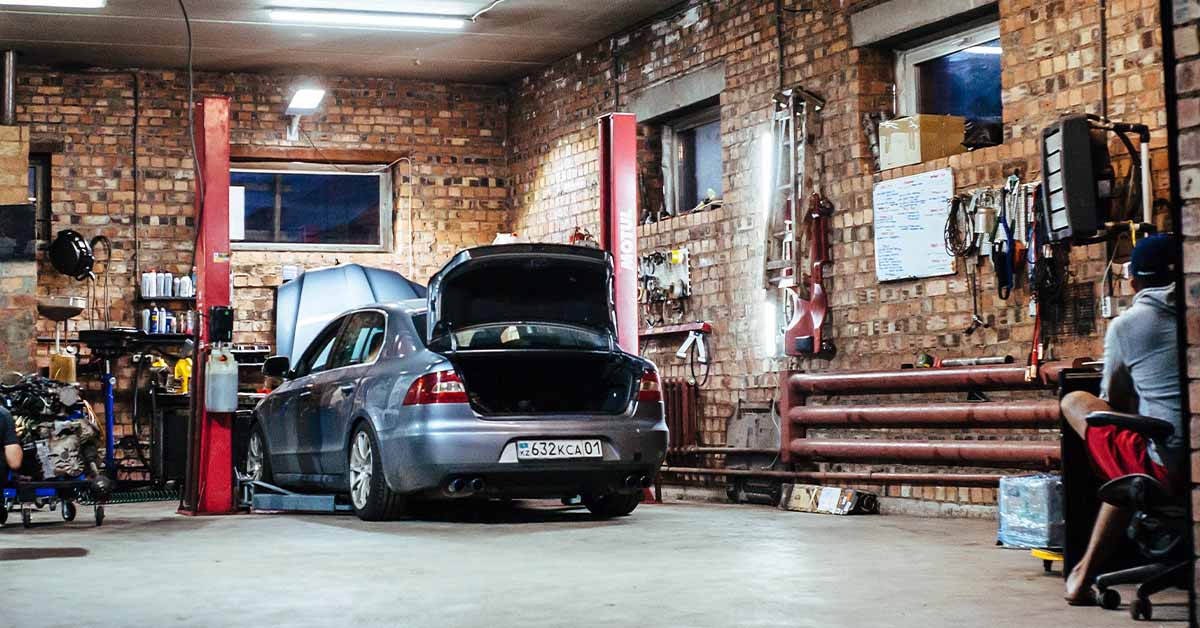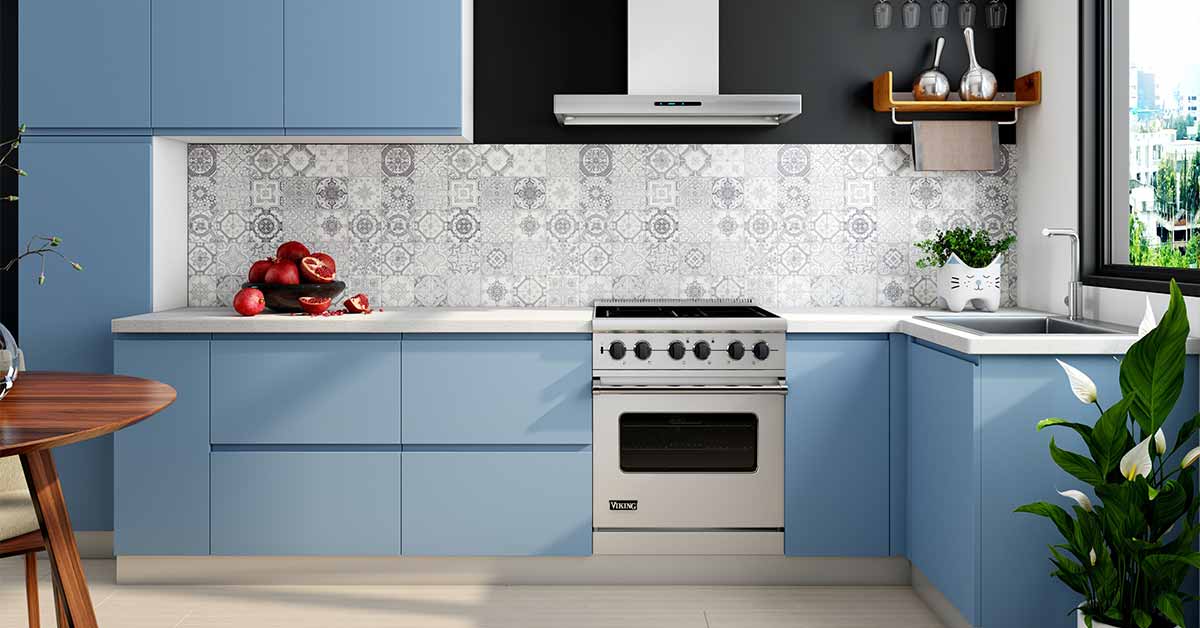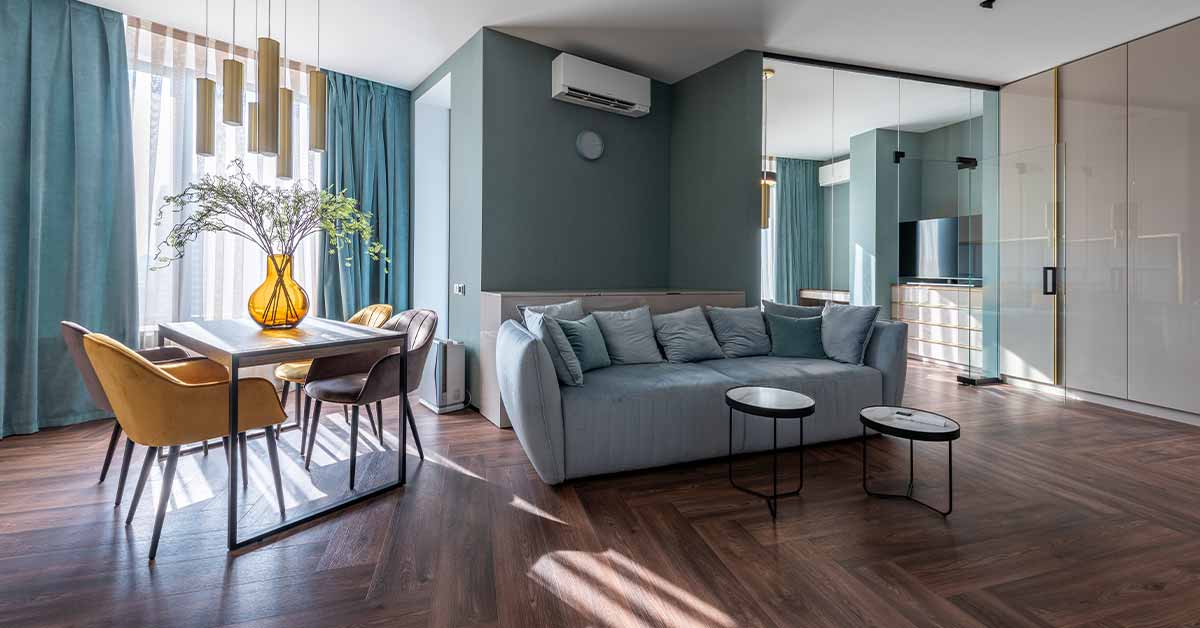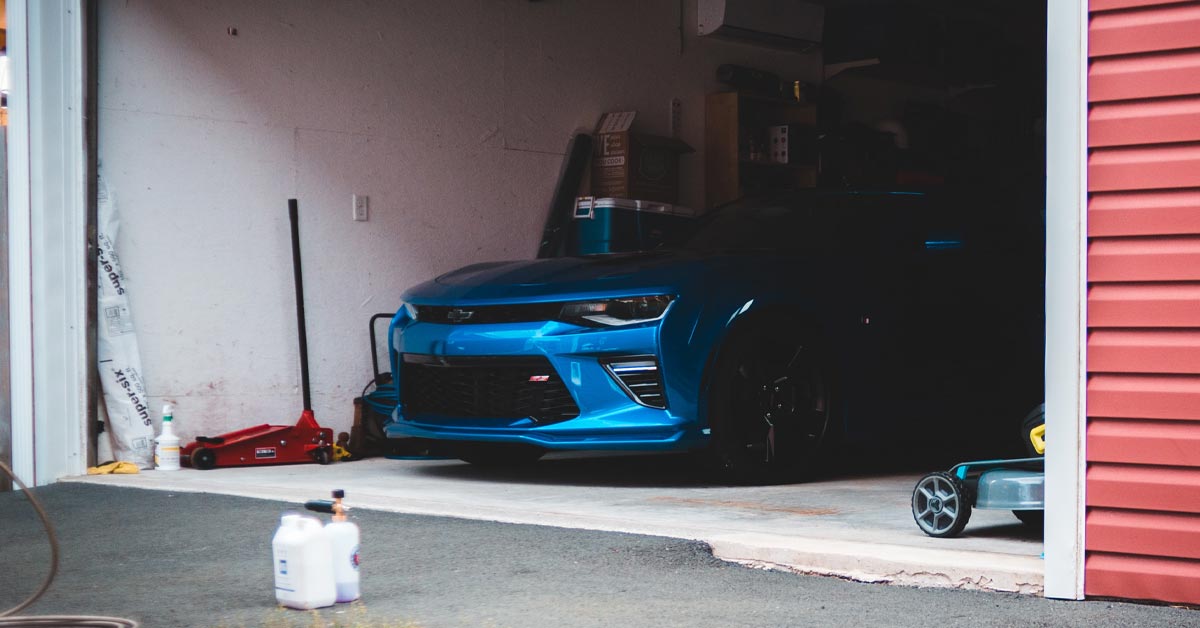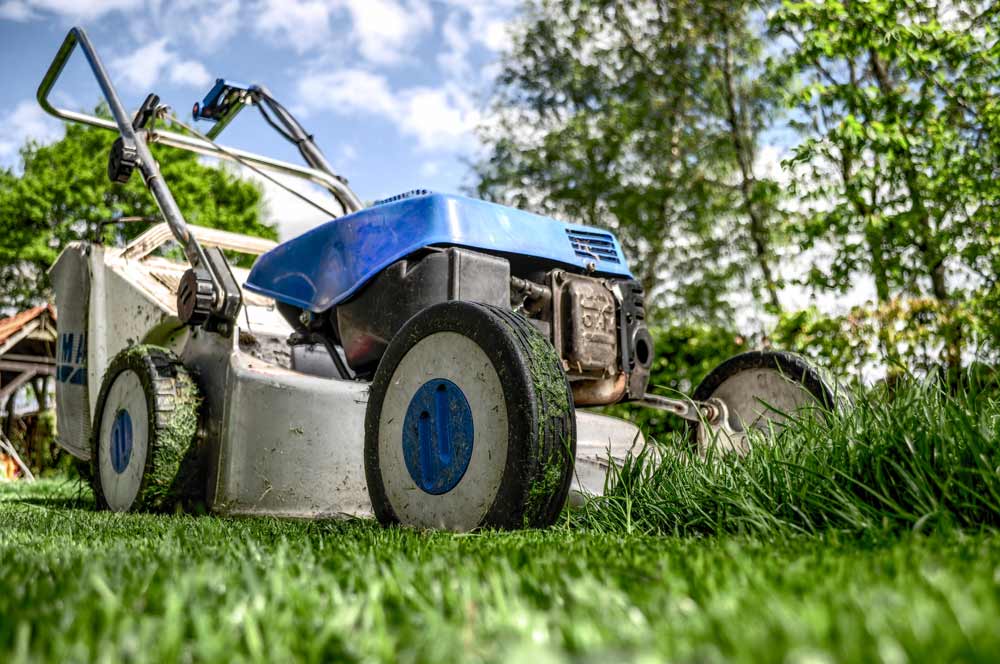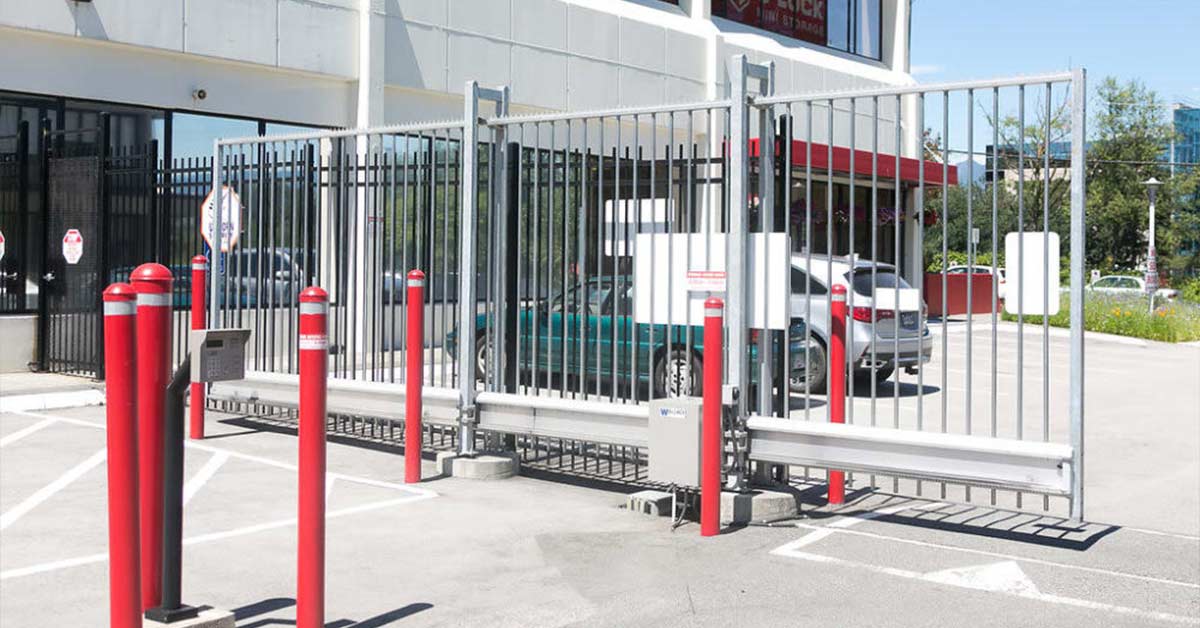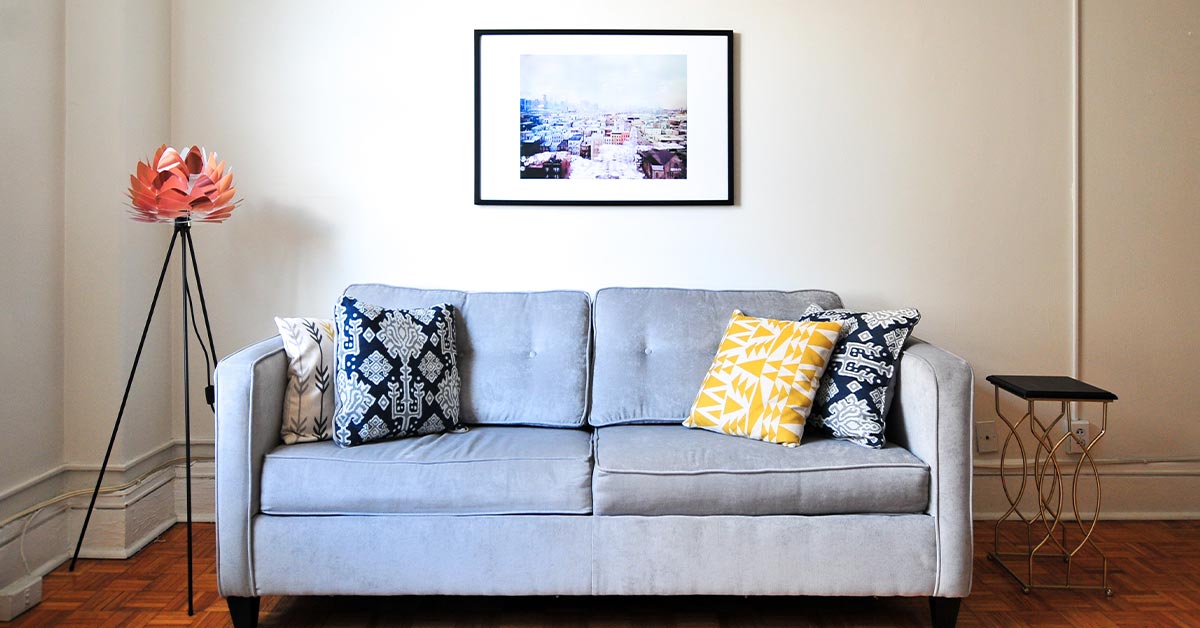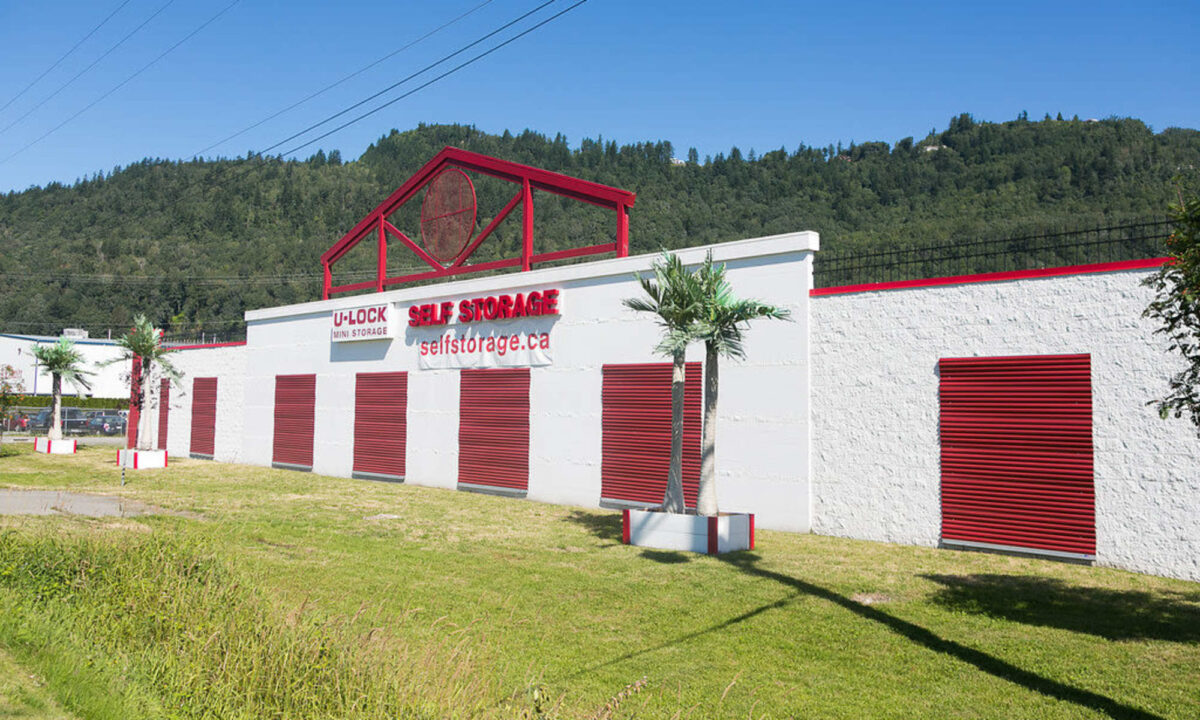Finding ways to add storage space to a playroom can feel like an impossible task, especially if you have more than one child. Trying to find spots for their dolls, Lego bricks, cars, action figures and other oddly shaped toys requires a little ingenuity. However, making use of available wall space and purchasing multi-use furniture can help aid in the process.
Set Up a Pegboard
Find or buy a pegboard from a home improvement store. You can get it cut to the size you need and it should only require a few wood screws and drywall anchors to set it up. Paint the pegboard whichever way you like.
Try bright colors like red or orange or a design with stars and stripes. Once painted, attach hooks and hang things like baskets, toys, and clothes to get items off the ground and add space to the room.
This is an easily customizable item and can be changed regularly as you need.
Convert a Shoe Organizer into Toy Storage
Buy a cloth or plastic see-through over-the-door shoe organizer for toys like Barbies, stuffed animals or cars. Simply follow the shoe organizer instructions to hang it over a door and then fill every cubby as needed. You can even divide the shoe organizer in half with different types of toys. For example, Barbies and their clothes can go in the top half and action figures like G.I. Joes can go in the bottom.
Using a see-through organizer makes it easy for kids to see what is in each pocket, which helps make clean-up easier.
Install some Magnetic Tape Strips
Measure out a few strips of magnetic tape to add to a playroom wall. The amount you use will depend on the number of toys you plan to attach. For example, if your child has a large collection of race cars, then you may want 3-5 strips of tape. However, if you have the wall space for it, you can also just do one long line of magnetic tape. Once you have attached it to the wall, simply place the cars or other metal toys along the strip.
Make sure this strip is low enough for children to access easily.
Once you want to remove it, the tape should peel off easily. However, if you are having issues, try using a mixture or warm water and dishwasher soap to remove the tape.
Buy a Wall-Mounted Desk or Table
A hideaway table or desk is a great way to free up space in a playroom. You can find wall-mounted desks on Amazon or Ikea for under $50. Everything you need for the set-up is included, outside of a screwdriver. Just make sure to check the durability of the desk before you buy it, as children can be rough in their usage of household furniture.
You will first need to decide where you want the desk. Then, use a level and pencil to mark a straight and even line on the wall. Most fold-away desks only require screws and hinges, so once you have made the marks, you should only have to screw the hinges into the desk, and then screw the other half of the hinges into the wall.
Turn Storage Bins into Seating
Take a couple of wooden, plastic, or wicker storage bins and attach seat cushions to their tops. These storage bins are the perfect size for young children and are a great way to get toys, books, and clothing out of the way without sacrificing space. You can even attach wheels to their bottoms to make them easy for kids to move around as needed.
Try different colors and patterns for the fabric tops to add character to a playroom.
Use Chests as Tables
Repurpose a wooden or wicker chest to double as a table. Most chests are already at the perfect height for children; however, you can always add table legs to elevate the chest and make it appear more like a table. Try purchasing wooden table legs from Lowes or Home Depot, which are only $1-$3 each. You can also paint or stain these trunks to match the decor of the room.
If you do not have a chest, try searching in thrift stores or at Goodwill for a cheaper item on which you won’t mind the kids getting paint and other things.
Line a Wall or Below a Window with Benches
Benches are a great way to get both storage and seating space. Look for benches that have cubbies for you to put things away in. You can even get a number of baskets or colored storage containers to enliven the room’s decor. Use these cubbies to pack away stuffed animals, clothes or shoes.
If you have a window, try installing a bench with storage directly under it to create a reading area. You can then fill the cubbies with your child’s favorite books.
Rent a Storage Unit
Renting a storage unit lets you store your child’s belongings in a safe, secure area while freeing up more room in your home! At U-Lock Mini Storage, we offer a variety of storage unit sizes for you to choose from. You can rent a storage unit that is as big as a walk-in closet or as large as a garage – you can select a storage unit size that best fits your needs!
We offer storage solutions to our clients across Greater Vancouver,Vancouver Island and the Fraser Valley with storage units in Chilliwack (Chilliwack U-Lock Mini Storage), South Surrey and White Rock (White Rock U-Lock Mini Storage), Burnaby and Vancouver (Burnaby U-Lock Mini Storage), Victoria (Victoria U-Lock Mini Storage), Nanaimo (Nanaimo U-Lock Mini Storage) and Parksville (Parksville U-Lock Mini Storage).
Please contact a U-Lock Mini Storage self-storage facility near you to inquire about our storage units and our team members will be delighted to answer any questions you have!


